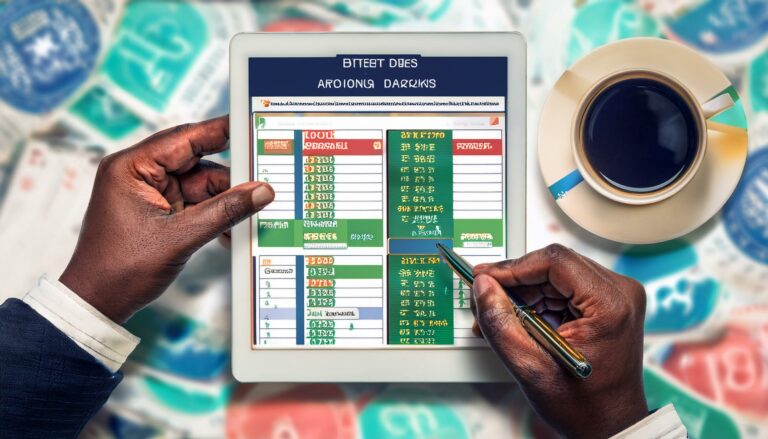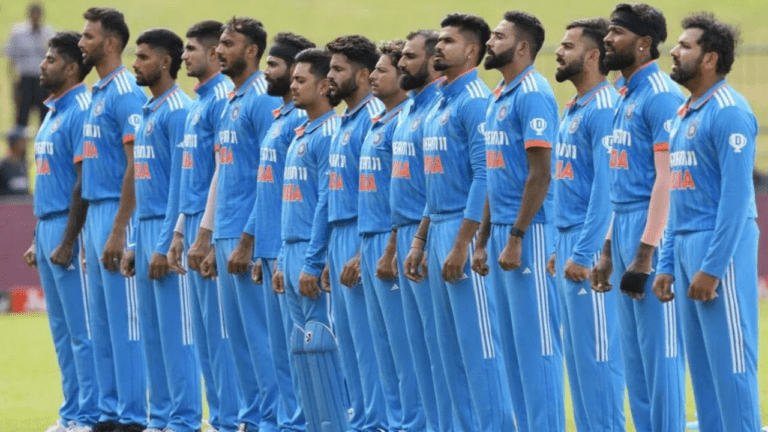IPL and Broadcast Rights: Changing Dynamics of Media Contracts
Lotus365, Gold365: Broadcast rights in sports have come a long way in the past few decades. What began as simple agreements between teams and local television stations has evolved into multi-million-dollar contracts that span global markets. The rise of cable and satellite TV, along with the growth of online streaming platforms, has revolutionized how sports are consumed and distributed.
Major sports leagues have capitalized on this evolution by negotiating lucrative deals with networks and digital platforms. These agreements not only provide teams with substantial revenue streams but also increase the popularity and exposure of the sports themselves. As technology continues to advance, the landscape of broadcast rights in sports will undoubtedly undergo further transformations, presenting both challenges and opportunities for stakeholders in the industry.
Impacts of Technology on Media Contracts
In recent years, the landscape of media contracts in the sports industry has been significantly shaped by advancements in technology. With the rise of streaming services and on-demand viewing platforms, traditional broadcasting models have been challenged to adapt to the changing preferences of consumers. As a result, sports leagues and organizations have had to reconsider their approach to negotiating media rights deals to stay relevant in this rapidly evolving digital age.
The emergence of new technologies has not only expanded the pool of potential media partners for sports properties but has also increased the competition for securing rights to broadcast games and events. This heightened competition has driven up the value of media contracts in some cases, with tech giants like Amazon and Facebook entering the fray alongside traditional media companies. As a result, sports organizations are now faced with the challenge of striking a balance between maximizing revenue through lucrative media deals and reaching a wider, more diverse audience through digital platforms.
How has technology impacted media contracts in the sports industry?
Technology has had a significant impact on media contracts in the sports industry by increasing the demand for live streaming, mobile access, and personalized content, leading to more complex negotiations and agreements.
What are some examples of how broadcast rights in sports have evolved with technological advancements?
Broadcast rights in sports have evolved from traditional television deals to include digital streaming platforms, social media partnerships, and virtual reality experiences, offering fans more ways to access and engage with sports content.
How have media contracts adapted to new technologies such as augmented reality and artificial intelligence?
Media contracts have started to incorporate new technologies such as augmented reality and artificial intelligence to enhance the viewing experience, personalize content delivery, and provide data-driven insights for broadcasters and fans.
Will advancements in technology continue to shape media contracts in the future?
Yes, advancements in technology are expected to continue shaping media contracts in the future as new innovations emerge, changing how content is produced, distributed, and consumed across various platforms and devices.







